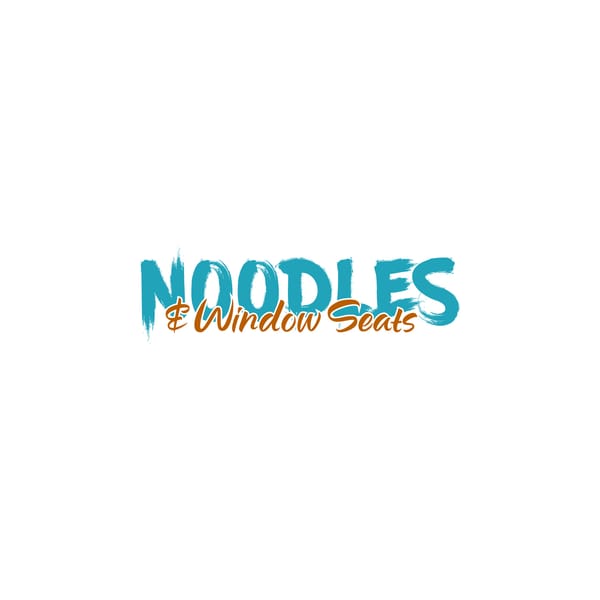Border Towns
I grew up in suburban Los Angeles, a mere half day's drive from Tijuana. When I moved from Houston to Sacramento in 2007, I was within a stone's throw of Mexico several times along Big Bend National Park in Texas and in El Paso, but it wasn't until 2022 that I visited the country of Mexico for the first time.
In the 80s and 90s, Tijuana was a no-go zone for me. A place for people I knew in high school to participate in illicit activities and underaged drinking. A high-crime city in a high crime country (actually, this part is still true), so I grew up avoiding it, it's safe to say that I was a little bit scared of Mexico, generally, and Tijuana specifically for a good portion of my life.
Finally in 2022, I had travelled to enough places I finally took my first trip to Mexico and immediately fell in love. Two weeks spending eating in Mexico City and Oaxaca completely convinced me that I had gotten it wrong for all of those years and I immediately looked for ways to return to Mexico.
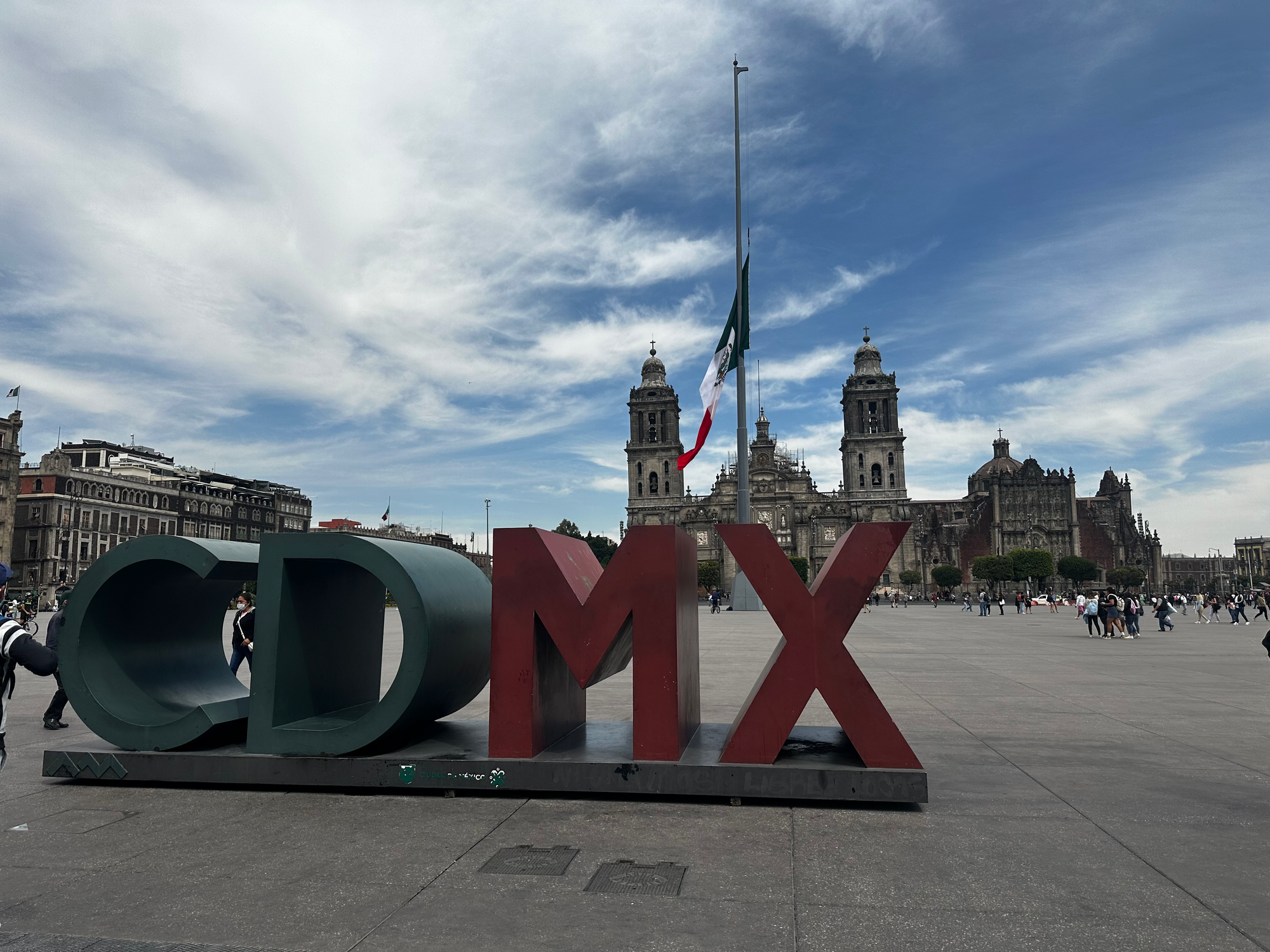
During my time in Oaxaca, because I arrived without a list of places to eat, I decided to take Club Tengo Hambre's street food essentials tour, which I highly recommend if you don't speak Spanish, and also if you arrived in Oaxaca without a solid idea of where you wanted to eat. Valeria is an amazing guide and she showed me tons of great places to eat and gave me a lot of history.
With this experience, and seeing on their instagram that CTH was offering a Tijuana experience as well, I signed up and ate my way through the border city. Our guide on that trip explained that over the last twenty years, Tijuana has developed as a huge biotech and research center for Mexico. Since Tijuana was not a historic city, and only grew up as the entry point to the United States - both legally and but other means.
In addition to the delicious food, one of the more interesting points my guide made was that because Tijuana was away from everyone's traditional home, there was no abuela or tia to yell at you for deviating from traditional recipes, this helped Tijuana become an innovation center for new flavors and new trends in Mexican food. Eater wrote an article a few years ago on the new popularity of quesabirria tacos, originating from birria stews from Jalisco, but with instagram and food trends easily hopping the border, the Tijuana taco spots starting mixing the quesa tacos with the consumme and now you can't go anywhere in LA or the Bay Area without quesabirria tacos
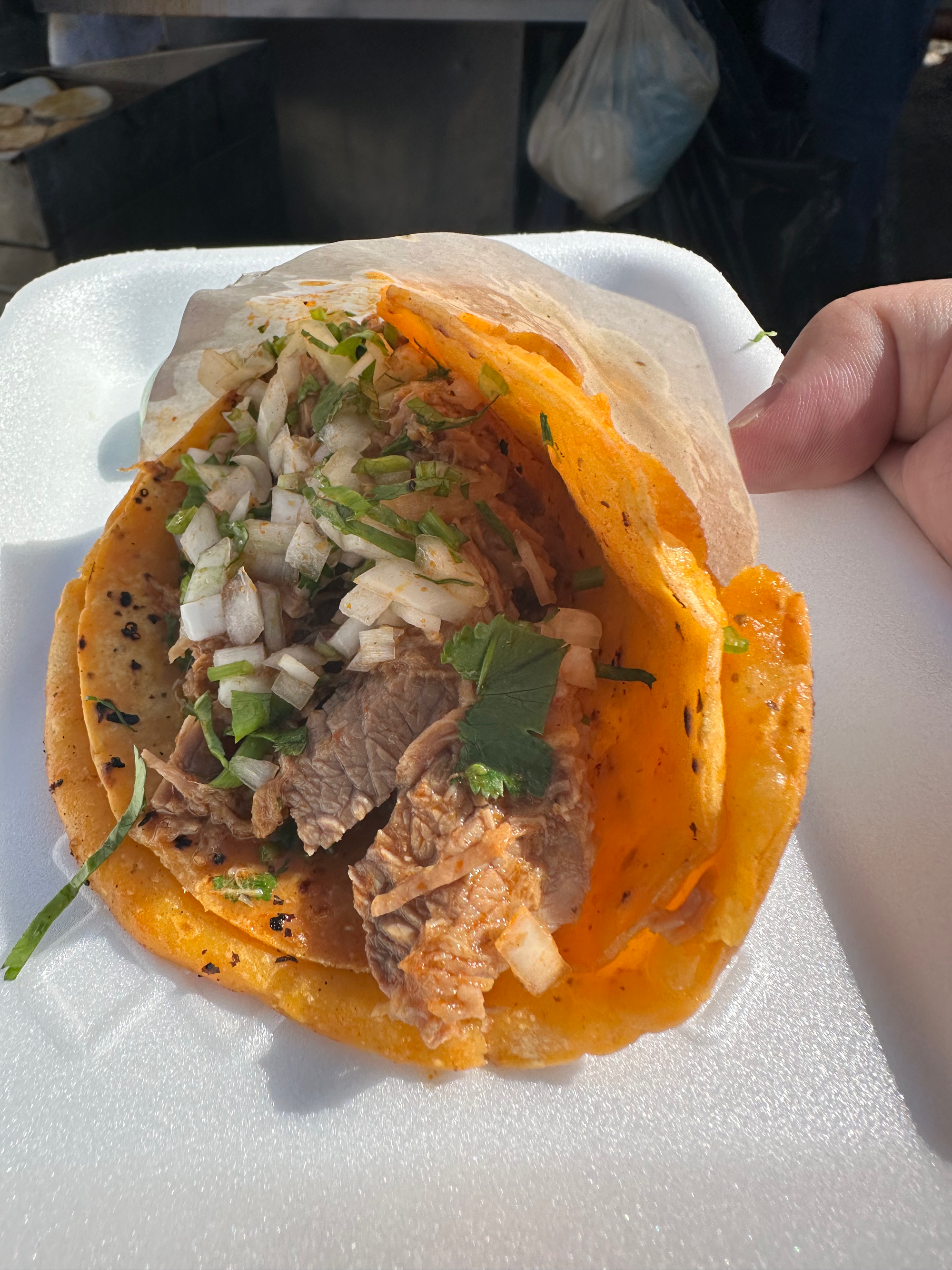
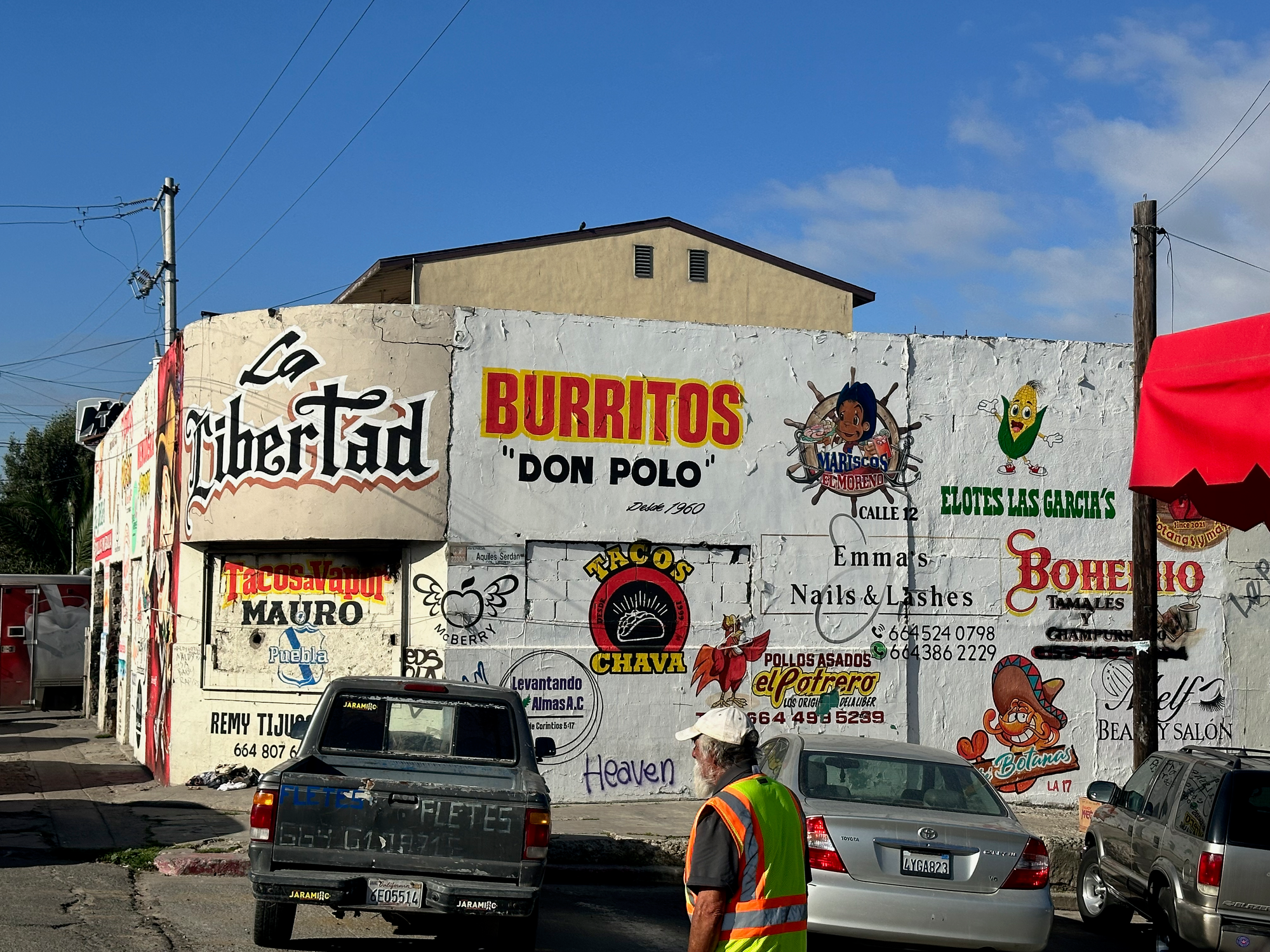
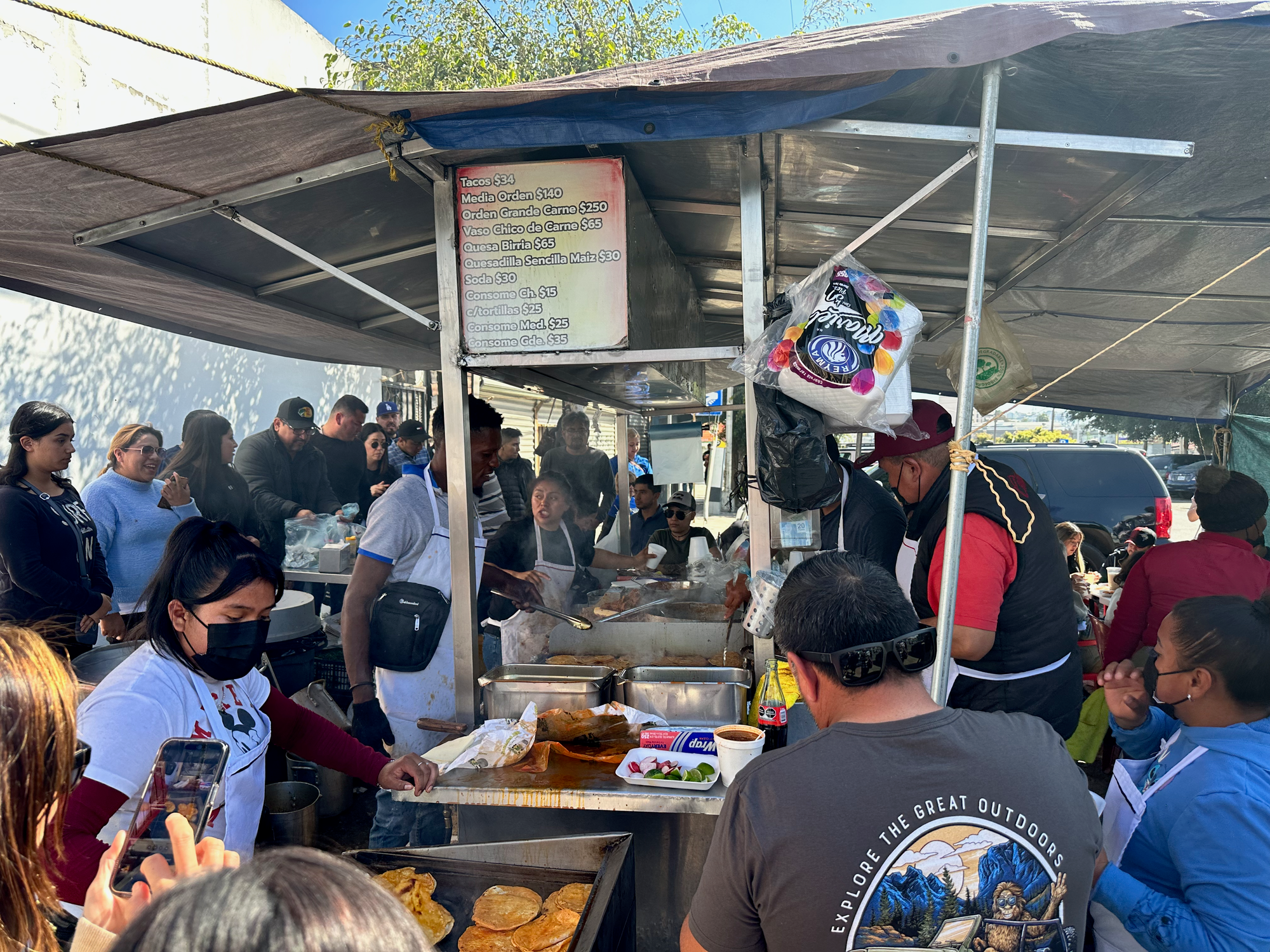
It took a distancing from traditional foods and because Tijuana also attracted people from every state in Mexico, it was less beholden to local Baja tastes as well. And while Tijuana is still dangerous in many parts of the city, it has also become a major innovation center in biotech and higher end jobs due to its proximity to San Diego
Across the globe, just a river away from Hong Kong lies Shenzhen. 40 years ago, just a under populated fishing village whose only notable characteristic was being the border town across from Hong Kong. In 1984, I went to the Hong Kong border and stood on a hilltop to look into Shenzhen but there wasn't really much to see.
When I moved to Hong Kong in 1997 (the same year as China!), Shenzhen was a place to get cheap clothes, but also to get held up at knife point - no guns in China. The Asian economic crisis just kicked into gear over the summer of 1997, and a lot of those factories were closing down or firing workers and many of those factory workers, who had come from Sichuan and Hunan and other provinces to find good paying jobs in Guangdong were stuck there without a good way to get home. Was China ever really dangerous? Not compared to cities in the west, or even places like Manila but it was certainly something that people talked about all the time.
As a parallel with Tijuana, however, despite being surrounded by Cantonese speakers in Guangdong and Hong Kong to the south, Shenzhen was a very Mandarin heavy city. When using Cantonese in the city, most service people in hotels and restaurants would respond in Mandarin, and people joked that it was a northern city in a southern province. All of the taxi drivers seemed to come from Shenyang and spoke with Northeastern accents. Shenzhen was all of China, just in one city.
Almost 30 years later, however, Shenzhen is now seen as the future of China. Countless YouTube videos and articles highlight the city as the tech future of the world - in 2025, much of Hong Kong spends their leisure hours and dollars across the border for better food and services not available in Hong Kong, at least not for the prices.
I don't know if Tijuana can follow Shenzhen into being Mexico's city of the future, especially with the high crime rate, but there is a road map follwing the high tech manufacturing and quality of life leaps that Shenzhen has made.
When I told my friend Sidney about this idea, he added that there's a rule of three for comedy reasons, so in the summer of 1999 I was backpacking around Asia and had taken the train from Bangkok to Sungai Kolok in Southern Thailand ending there late at night. Right now, Narathiwat Province is considered a dangerous area due to civil unrest, and the region bordering Malaysia is on both the US State Department and Malaysia's government's "recommend not to go" lists due to recent sectarian violence. 25 years ago, it wasn't quite that dangerous, but Sungai Kolok was one of the sketchiest and least appealing border towns I've ever been in. To be fair, I arrived at like 10pm and chose one of the cheaper hotels in the Lonely Planet, but the streets seemed quite dangerous, and I chose to go to bed only with snacks and not to risk being out in the streets.
In the morning I walked to the Malaysian border, took a motorcycle taxi across no-man's land, and crossed into Malaysia's most Islamic State. After what seemed like a harrowing night in a Thai border town, crossing immigration and stepping into Malaysia seemed like a step into a much more stable environment, and there 300 meters from the border was an A&W Hamburger Restaurant. (It doesn't seem to be there now). I ran to the place, and ordered two root beers, they poured them into ice cold A&W mugs - and I've never been so satisfied with soft drinks before.
